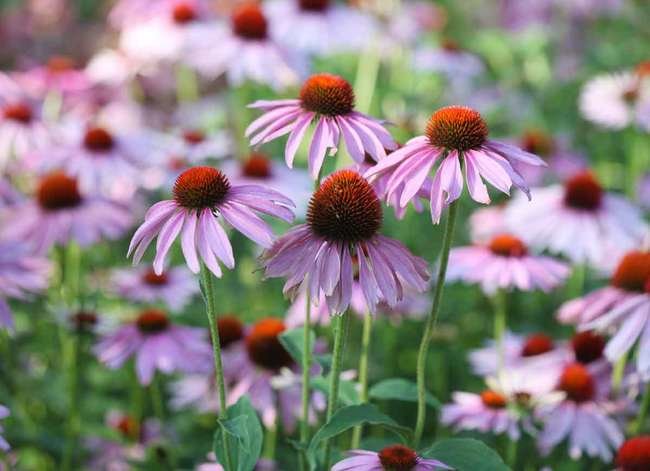

We may earn revenue from the products available on this page and participate in affiliate programs. Learn More ›
Home Advice You Can Trust
Tips, tricks & ideas for a better home and yard, delivered to your inbox daily.
By signing up you agree to our Terms of Service and Privacy Policy.
Viburnum Trilobum
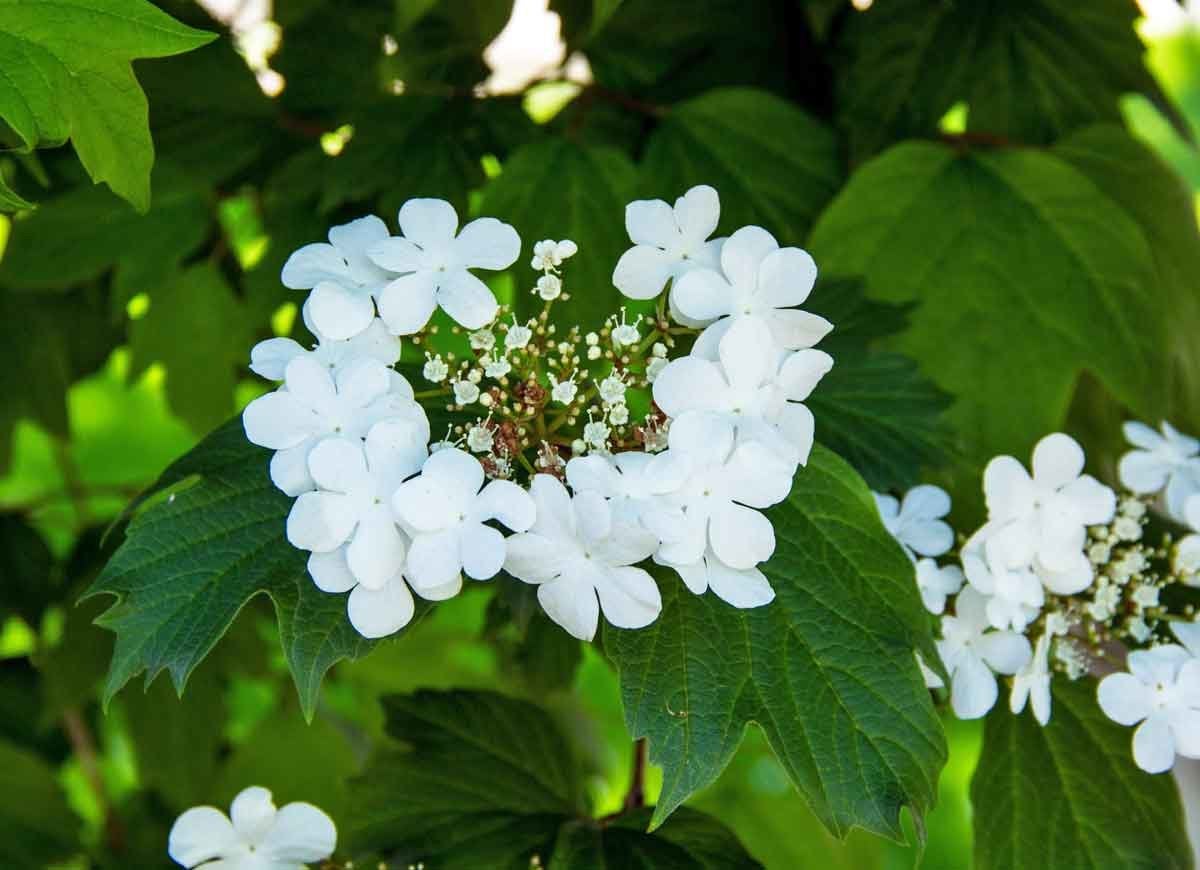
The ‘Wentworth’ variety of Viburnum trilobum has three seasons of interest, starting with copious white flowers in late spring.
Viburnum Trilobum: Seasons of Beauty
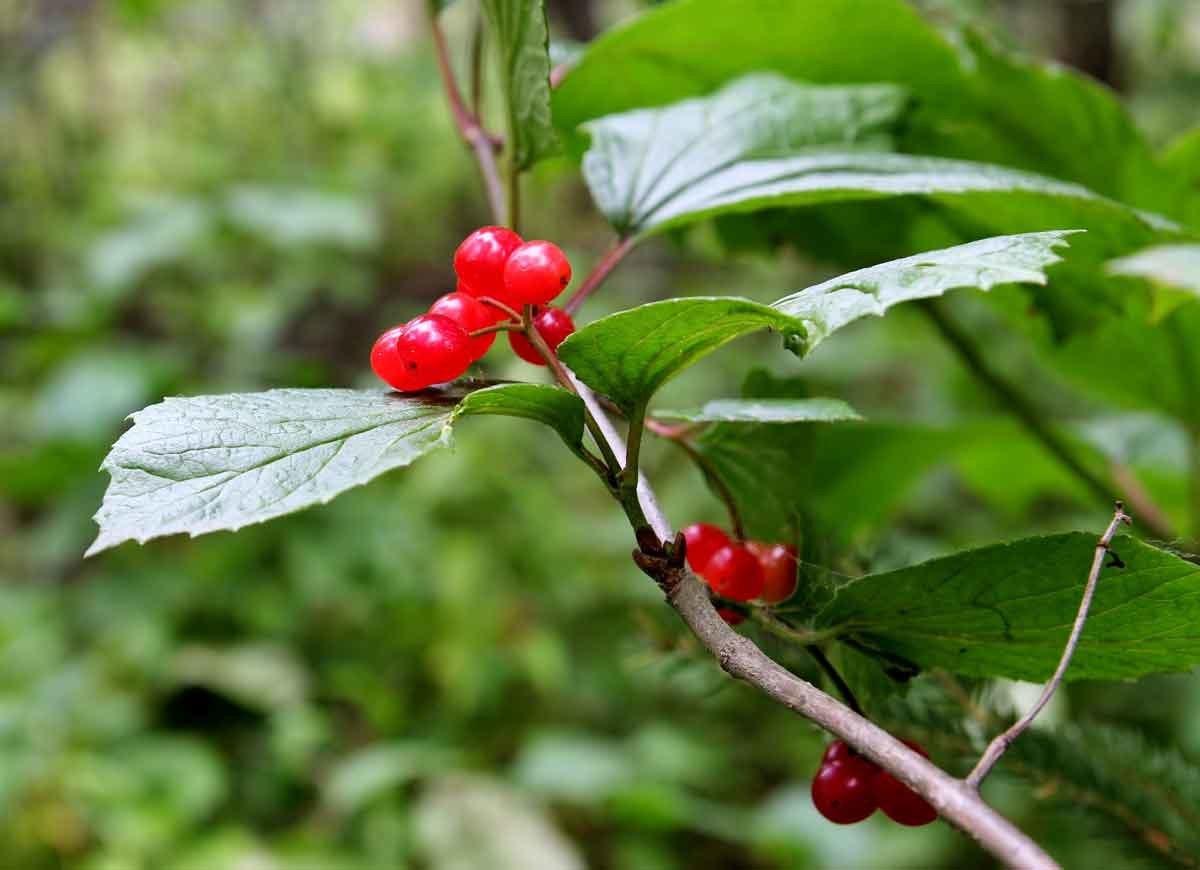
Come summer, Viburnum trilobum ripens with brilliant red berries before taking on marvelous dark red foliage in fall. An extremely versatile shrub that grows between 8 and 15 feet tall, it works well as both a hedge and accent. Available on Amazon; $8.85 for 20 seeds.
Coneflower
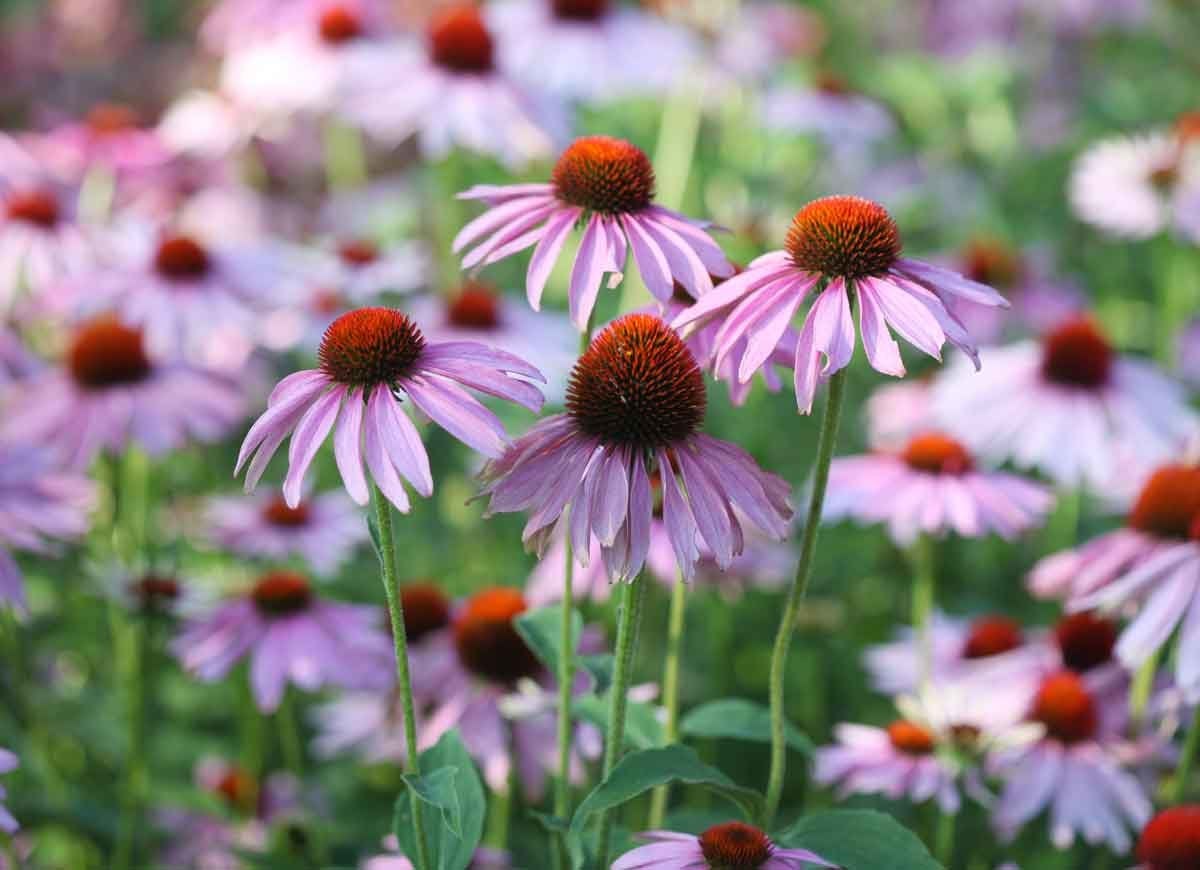
Echinacea purpurea, commonly known as coneflower, is the perfect perennial for almost any landscape. With daisy-like purple petals surrounding a spiky orange center, it’s a cheerful summer companion, tolerating all sorts of foul conditions like drought, heat, humidity, and fallow soil. Available on Amazon; $6.49 for 1,000 seeds.
Lobelia
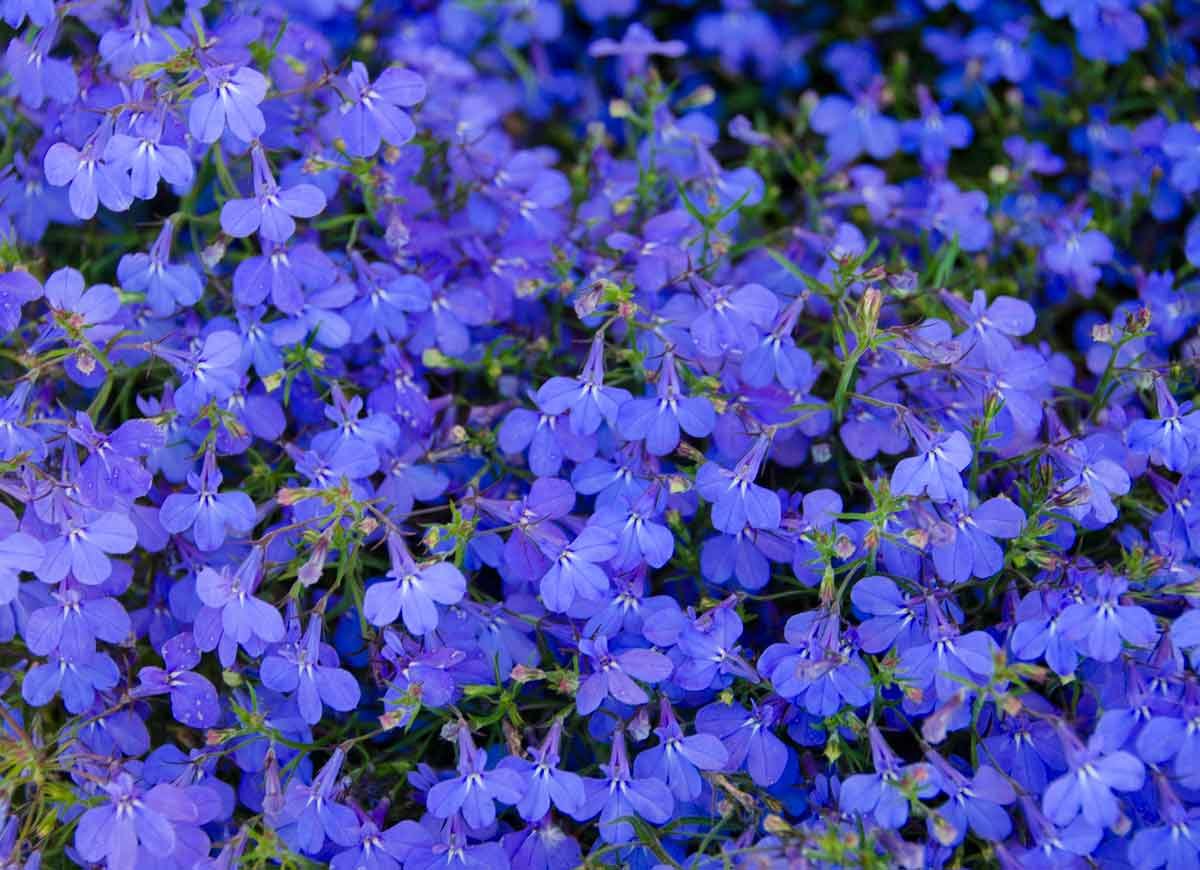
Lobelia is a moisture-loving plant that produces a shock of blue-purple blooms. Growing three feet high, it’s a prolific, low-maintenance bloomer that will fill your landscaping beds easily.
Lobelia: The Birds and the Bees
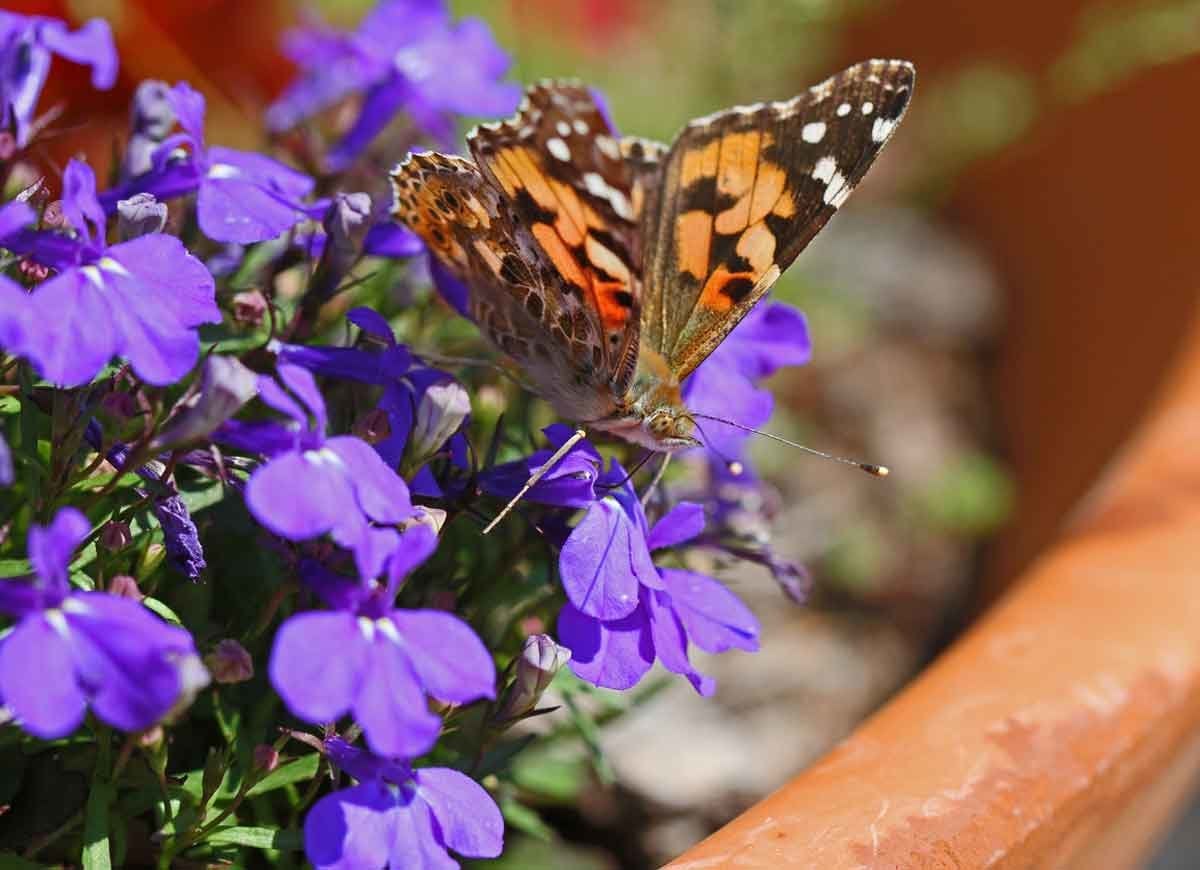
As another bonus, lobelia will attract bees, hummingbirds, and other winged wildlife to your yard. Available on Amazon; $4.78 for 5,000 seeds.
White Sage (Salvia apiana)
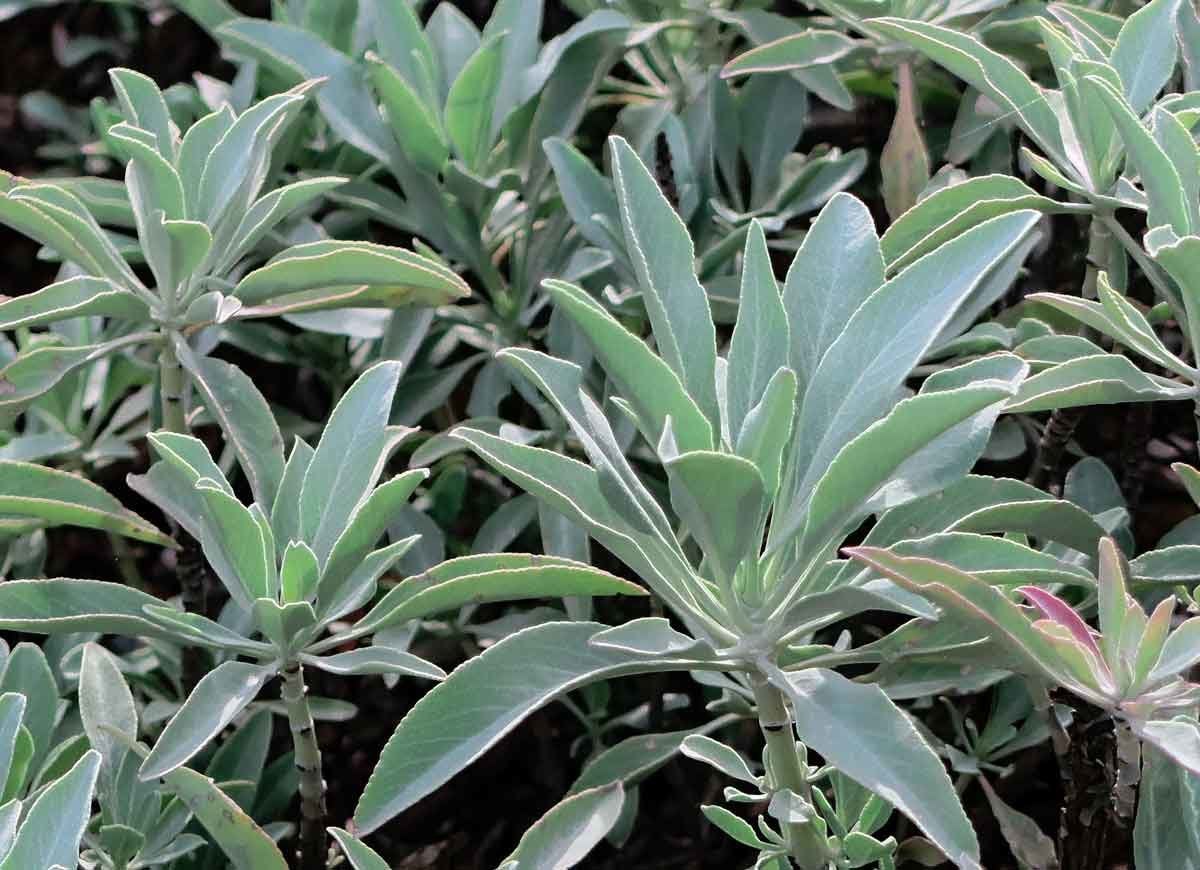
flickr.com via John Rusk
Native to the southwestern United States, white sage (also known as bee sage) had many traditional uses—both medicinal and spiritual—for Native Americans. Bees, butterflies, and hummingbirds flock to the small but aromatic shrub. Available on Amazon; $3.99 for about 50 seeds.
Wintergreen (Gaultheria procumbens)
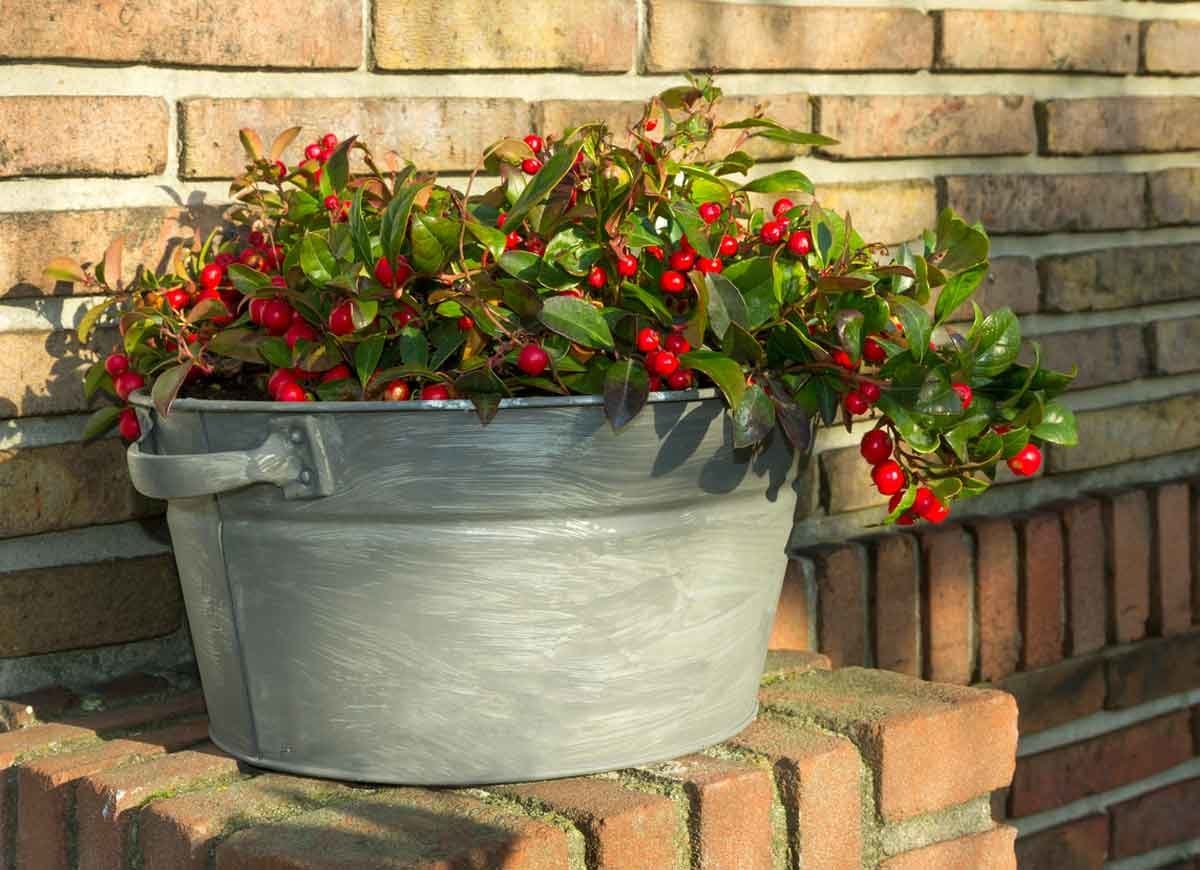
Iris Setosa
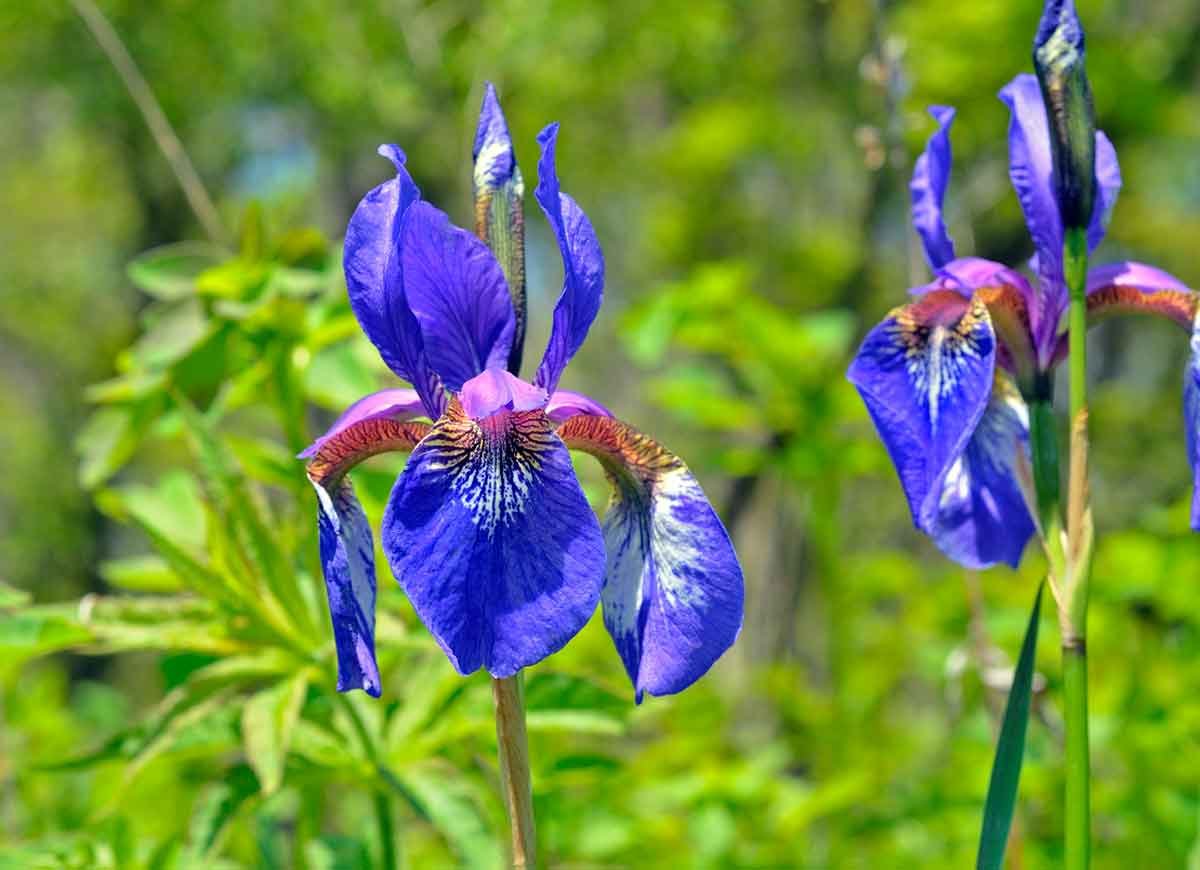
Woodland iris is a cheerful late spring visitor, boasting deep purple-blue blooms shooting from lush grassy foliage. It will happily bloom in both partial shade and full sun. Available on Amazon; $9.99 for 50 seeds.
Gaillardia
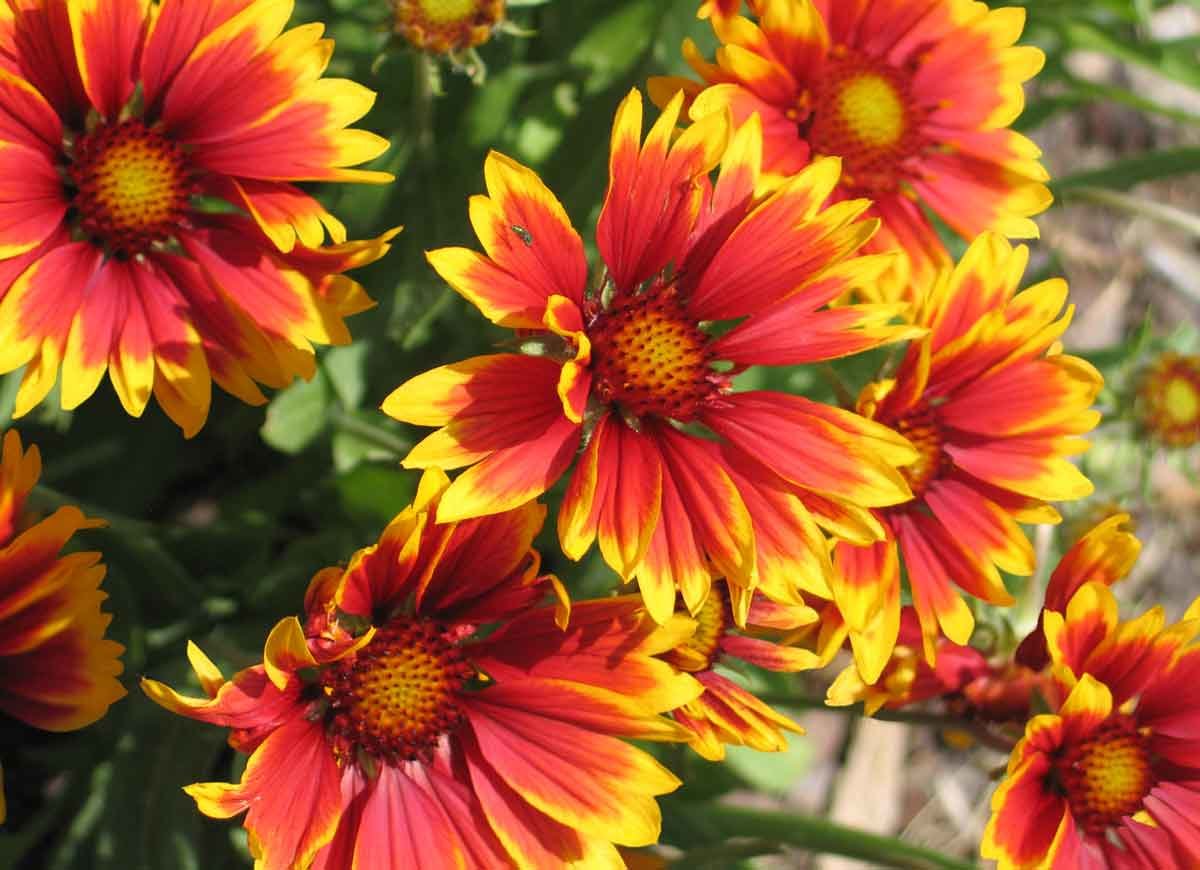
Gaillardia is commonly called blanket flower, and for good reason: It will literally blanket your planting beds in a layer of orange, red, and yellow. Blooming from spring to fall, it’s a showstopper that’s as low maintenance as it is pretty. Available on Amazon; $6.95 for 1,200 seeds.
Maidenhair Fern (Adiantum pedatum)

If you’ve got shade, you probably have ferns in your landscaping. With lacy, textured foliage, maidenhair fern works well as a ground cover, an accent planting, or grouping. It needs rich soil and plenty of moisture. Once established, it will reward you with lush greenery all season long. Available on Amazon; $4.99 for a four-inch pot.
Coral Bells

The native variety of coral bells (Heuchera americana) is a hardy plant well suited for nearly any garden, useful in borders, in rock gardens, and as a ground cover.
Coral Bells: Colorful Companion
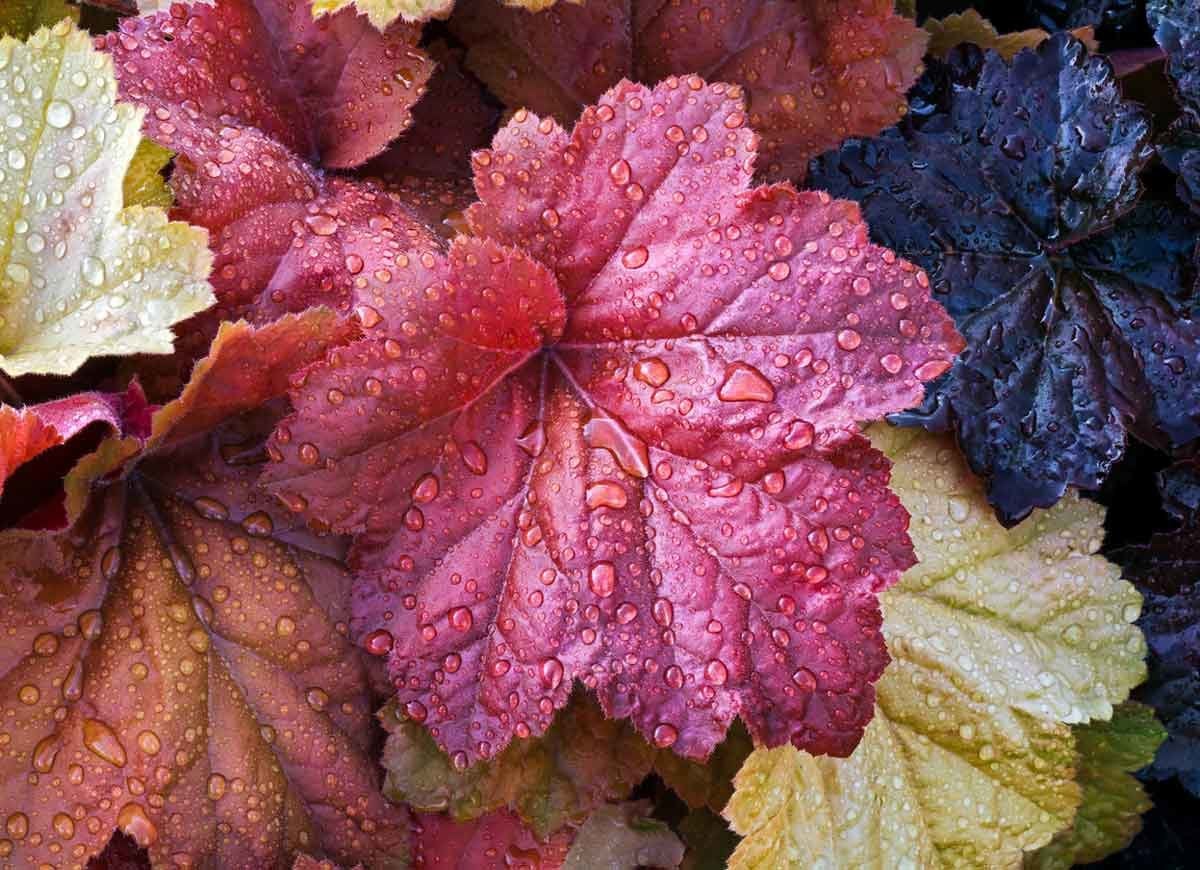
The leaves of coral bells are its stand-out feature, coming in a variety of colors like lime, rust, and burgundy. But while the leaves are reminiscent of coleus, the plant is a perennial, returning to the garden year after year. Available from Burpee; $13.99 for one plant.
Oakleaf Hydrangea
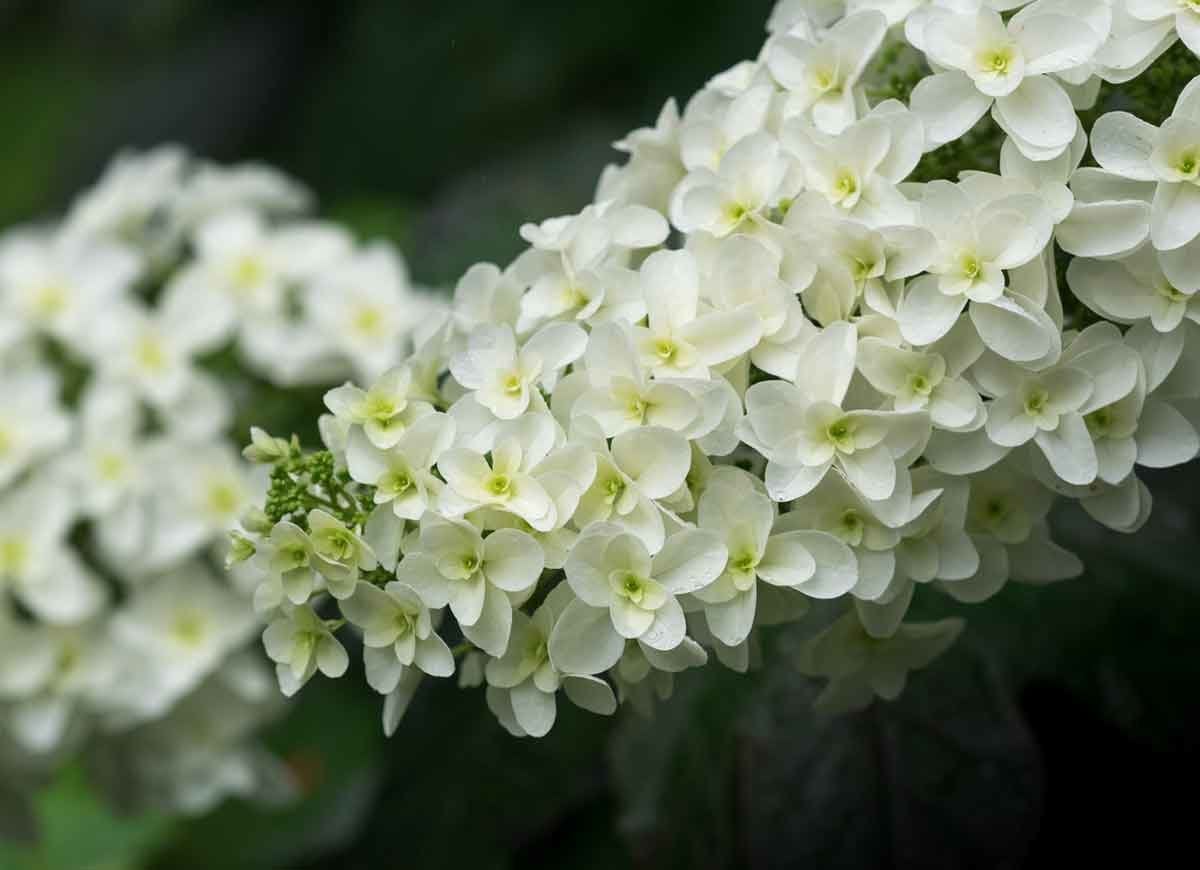
Oakleaf hydrangea (Hydrangea quercifolia) is a winning shrub. Gardeners love its super-size foliage and lush conical white blooms, which are beautiful both fresh and dried.
Oakleaf Hydrangea: Autumn Spectacular

Once oakleaf hydrangea finishes flowering for the season, its leaves put on a show, transforming from green to shades of yellow, red, and purple. The plant is easy to grow and resistant to pests, making it a go-to choice for home gardeners who want to add texture and drama to their landscape. Available on Amazon; $40 for a two-gallon container.
Aster Oblongifolius

The ‘Raydon’s Favorite’ variety of aster bursts into purple fury starting in August, and it doesn’t relent until well into fall. It’s especially attractive to butterflies and bees, and it tolerates drought once established, making it easy to grow and enjoy. Available on Amazon; $30 for a starter plant.
Wild Columbine
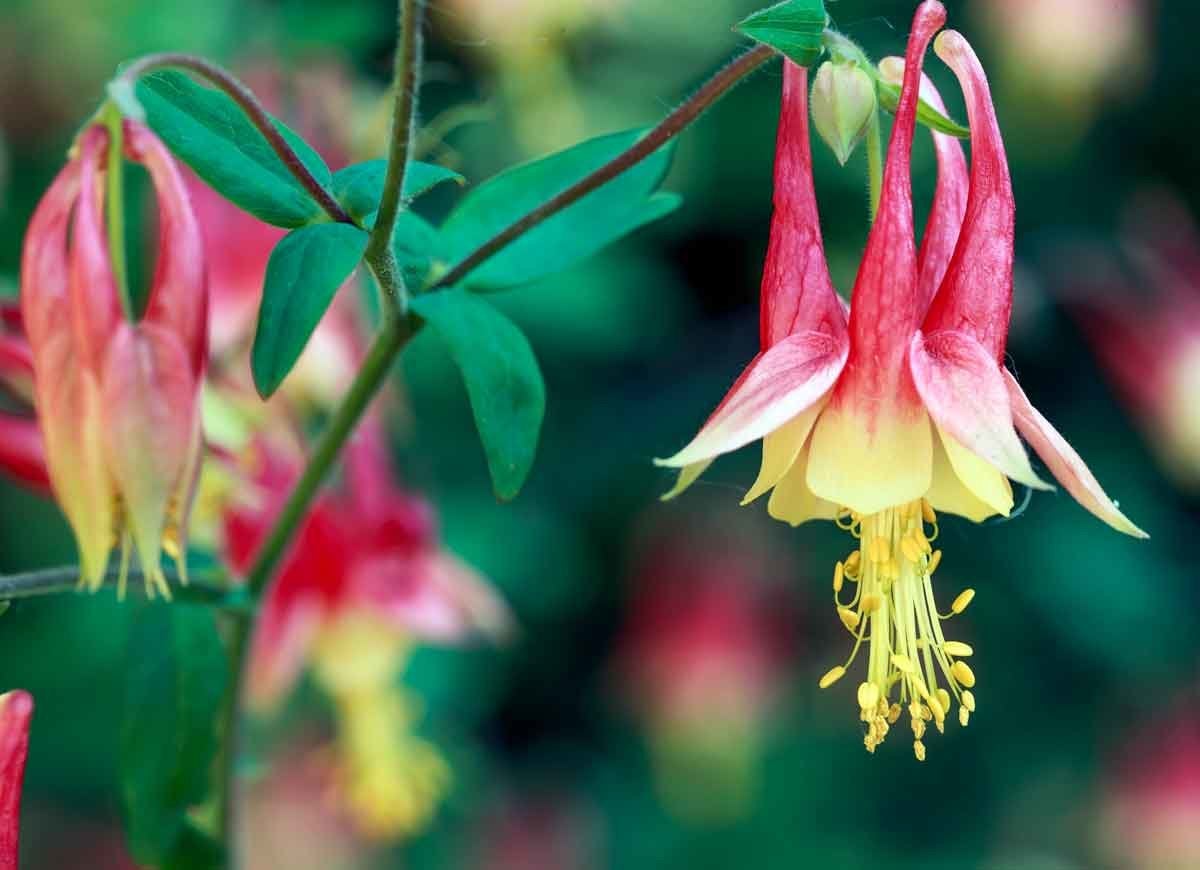
Wild columbine (Aquilegia canadensis) is a shade-loving bloomer that attracts hummingbirds, butterflies, and bees. The drooping bell-shaped flowers of wild columbine bloom red with yellow centers. It’s the perfect choice for a rock garden or cliffside. Available on Amazon; $6.49 for 1,000 seeds.
Red Twig Dogwood (Cornus sericea)
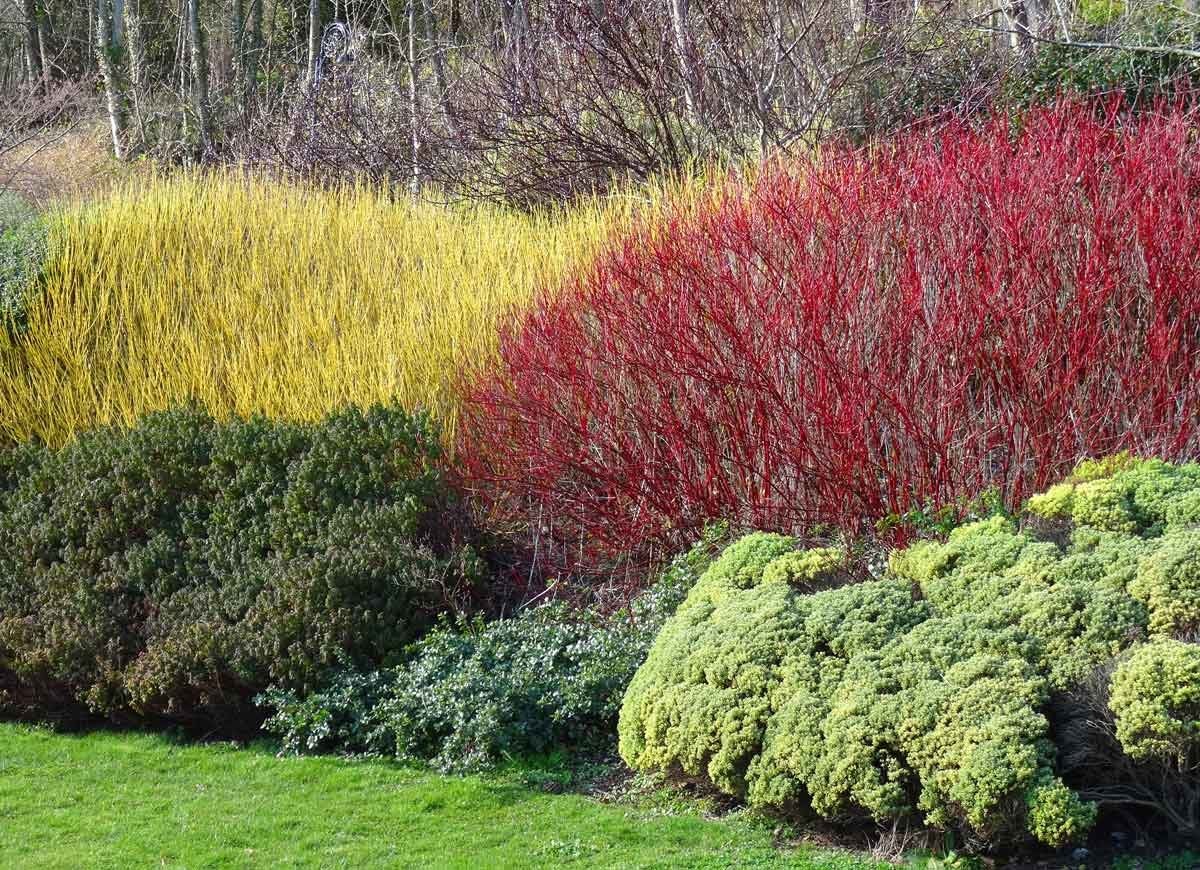
Red twig dogwood is just as pretty in winter as during the growing season. Its crimson-colored branches stand out dramatically against a snowy landscape.
Red Twig Dogwood: Fall Feeding
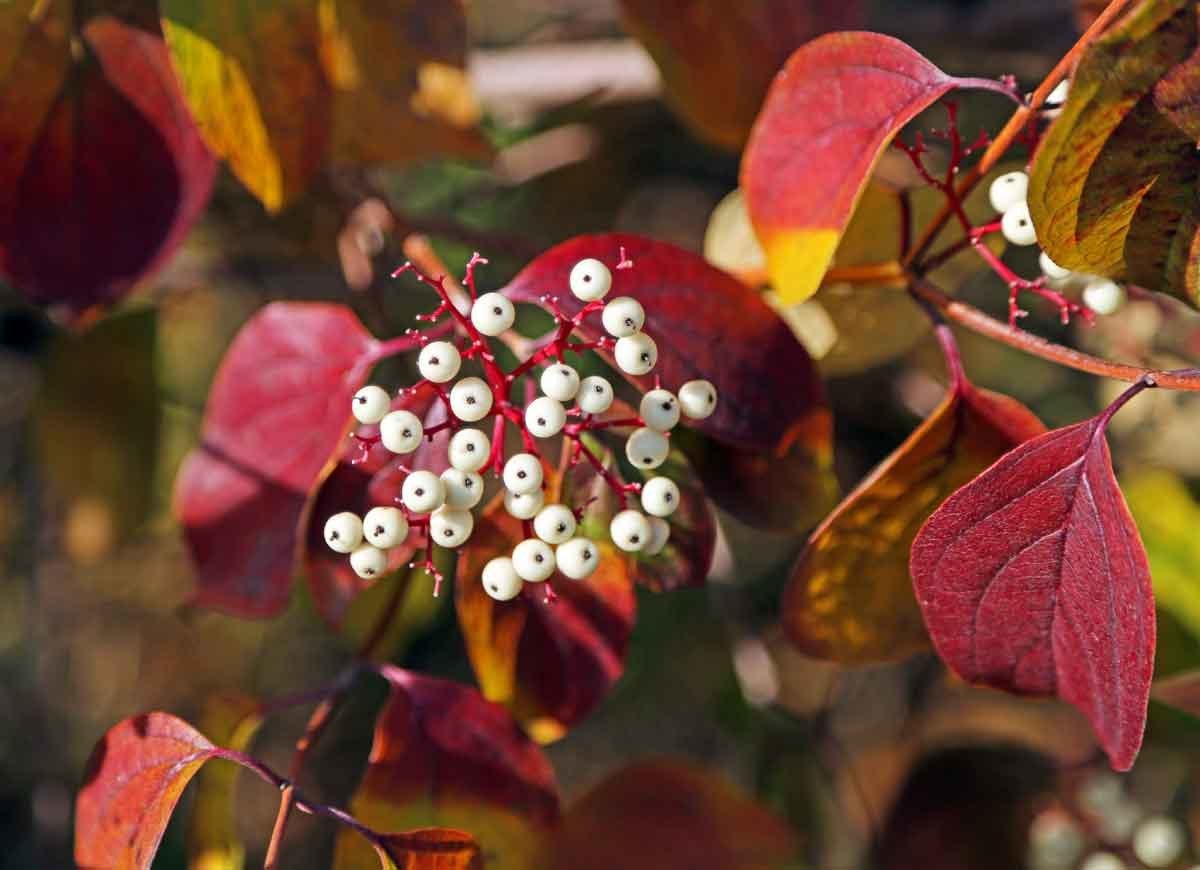
In the autumn, red twig dogwood displays purple-red foliage with creamy white berries that attract birds and other wildlife. It tolerates a wide variety of conditions, and it’s very winter hardy in Zones 3 through 8. Available on Amazon; $2 for 20 seeds.
‘Sunshine Superman’ Coreopsis
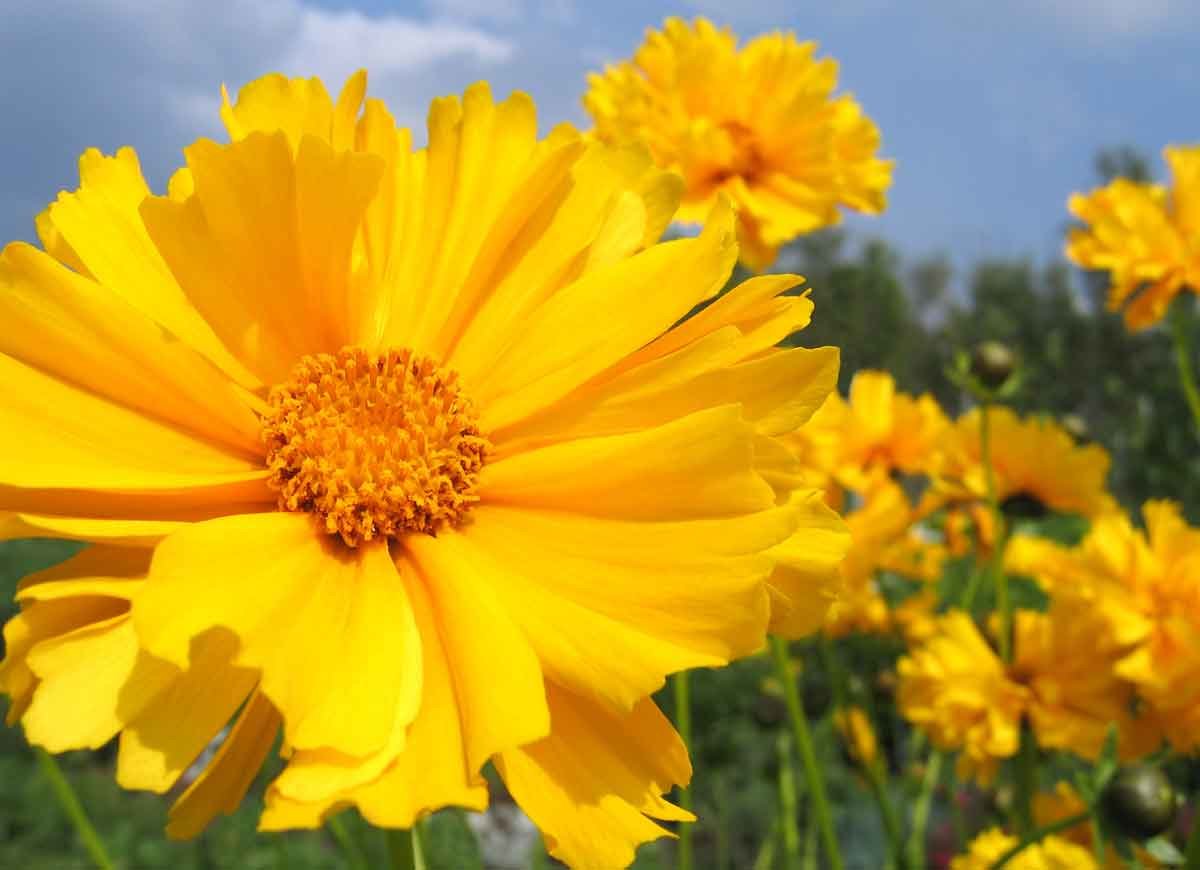
Despite its lackluster common name of tickseed, coreopsis is a real garden stunner. Its bright yellow flowers bloom constantly from mid-summer through mid-autumn, and the plant performs well in full sun and partial shade, heat, humidity, drought, and all other manner of conditions. It will easily self-seed and propagate throughout the garden, coming back to your yard year after year. Available on Amazon; $5.69 for 5,000 seeds.
Winterberry
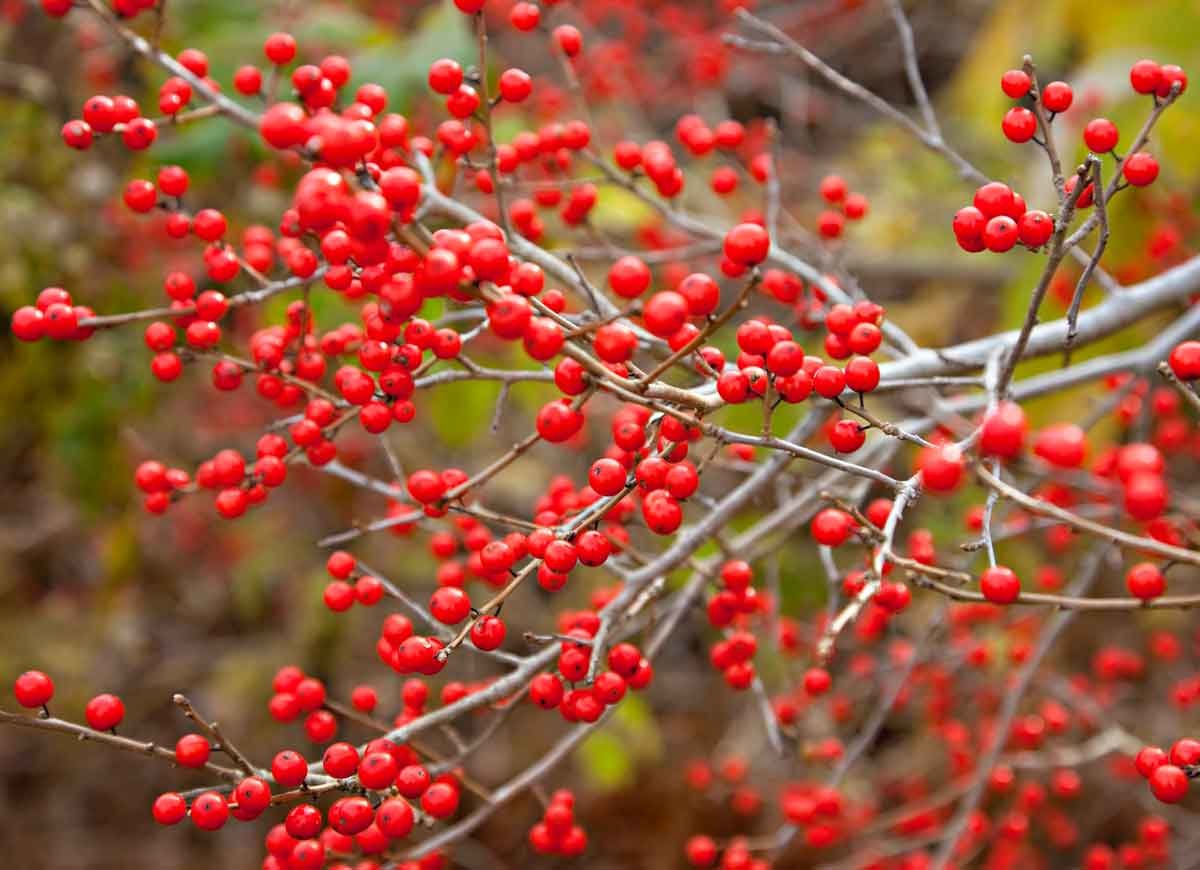
Winterberry (Ilex verticillata) is a deciduous holly native to eastern North America. Its showy red berries provide a feast for birds and other wildlife during the winter—but note that only the fertilized female plants produce berries, so keep a male in the area as well. Winterberry makes an excellent hedge or foundation plant. Available on Amazon; $9.99 for a four-inch pot.
Virginia Sweetspire
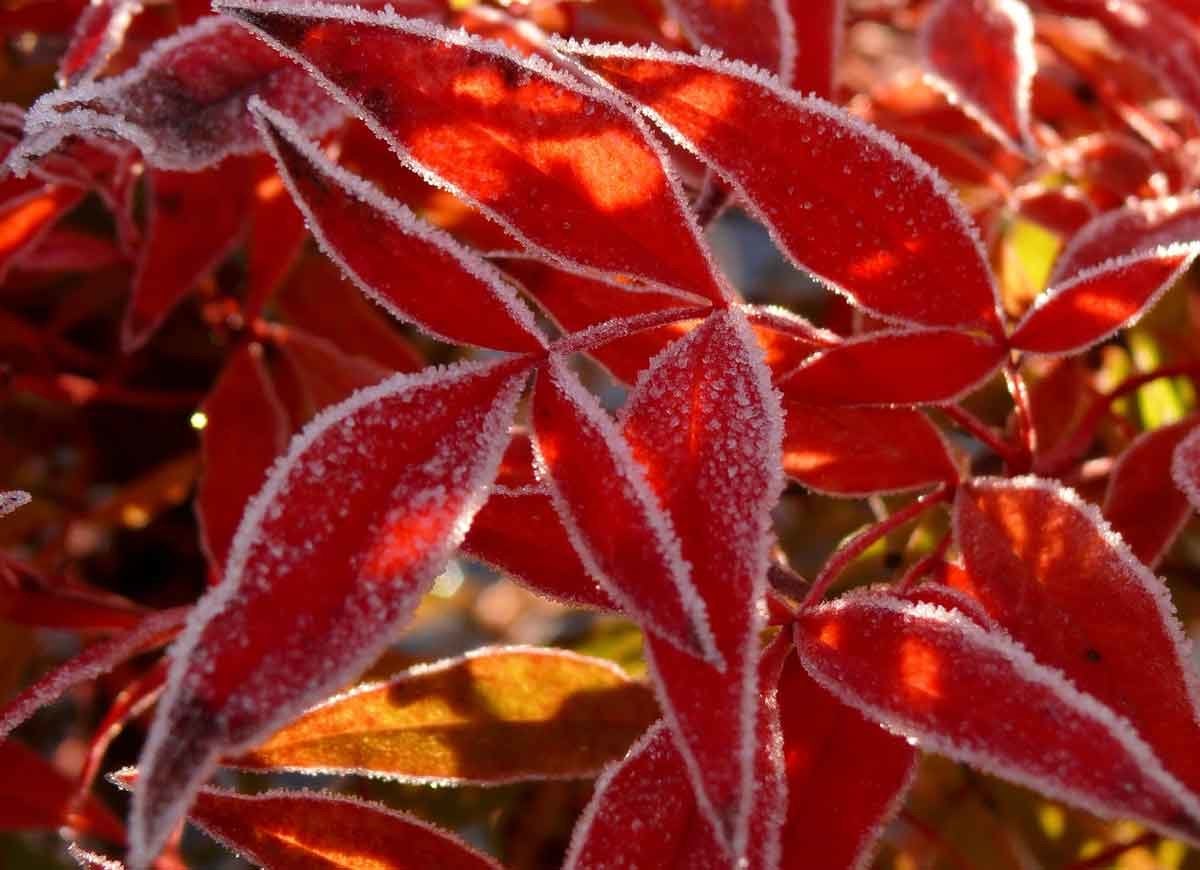
The ‘Henry’s Garnet’ variety of Itea virginica, commonly known as Virginia sweetspire, is named for the dark crimson color of its leaves during autumn.
Virginia Sweetspire: Graceful Blooms
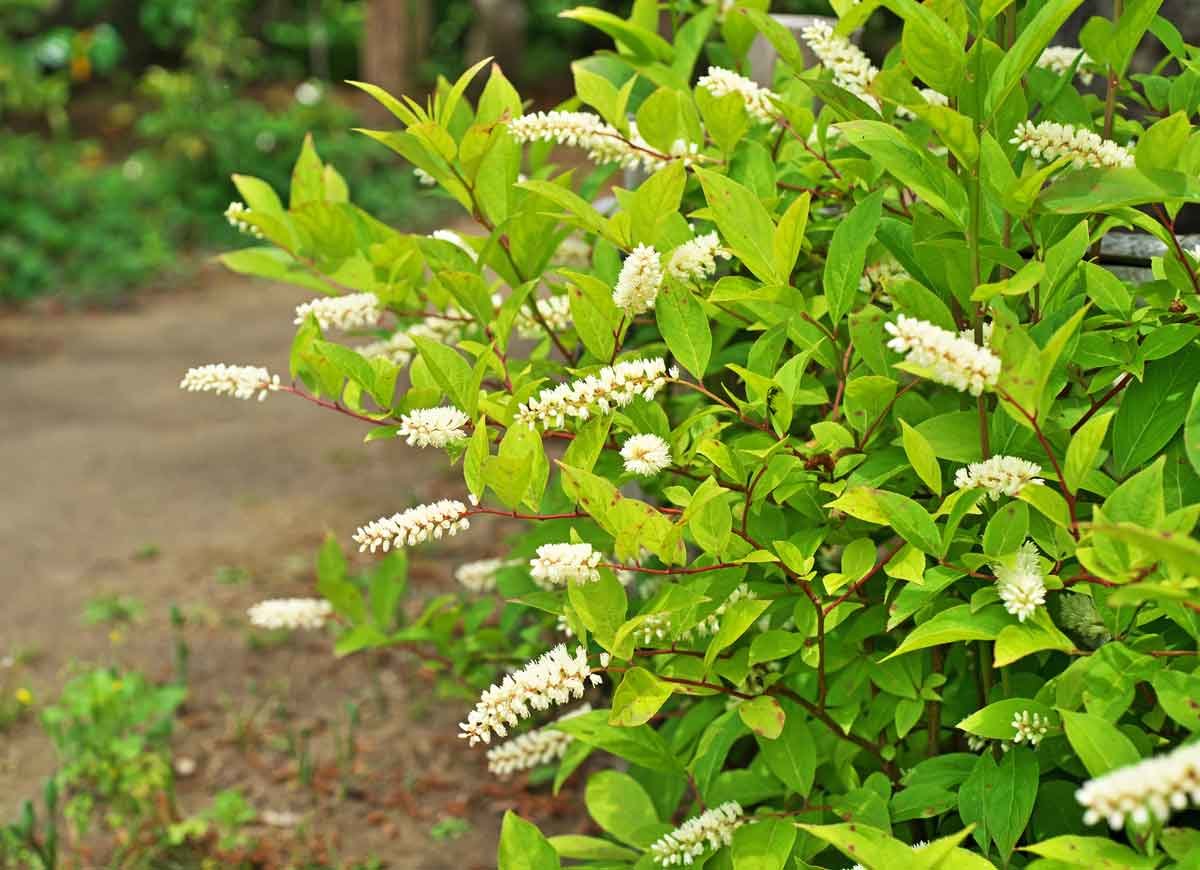
Virginia sweetspire blooms in late spring with cascading white flowers on the ends of its arching branches. The deciduous shrub is easy to grow and maintain, making it a mainstay of gardeners and landscapers in the southeastern United States. Available on Amazon; $16.95 for a one-gallon plant.
Creeping Phlox
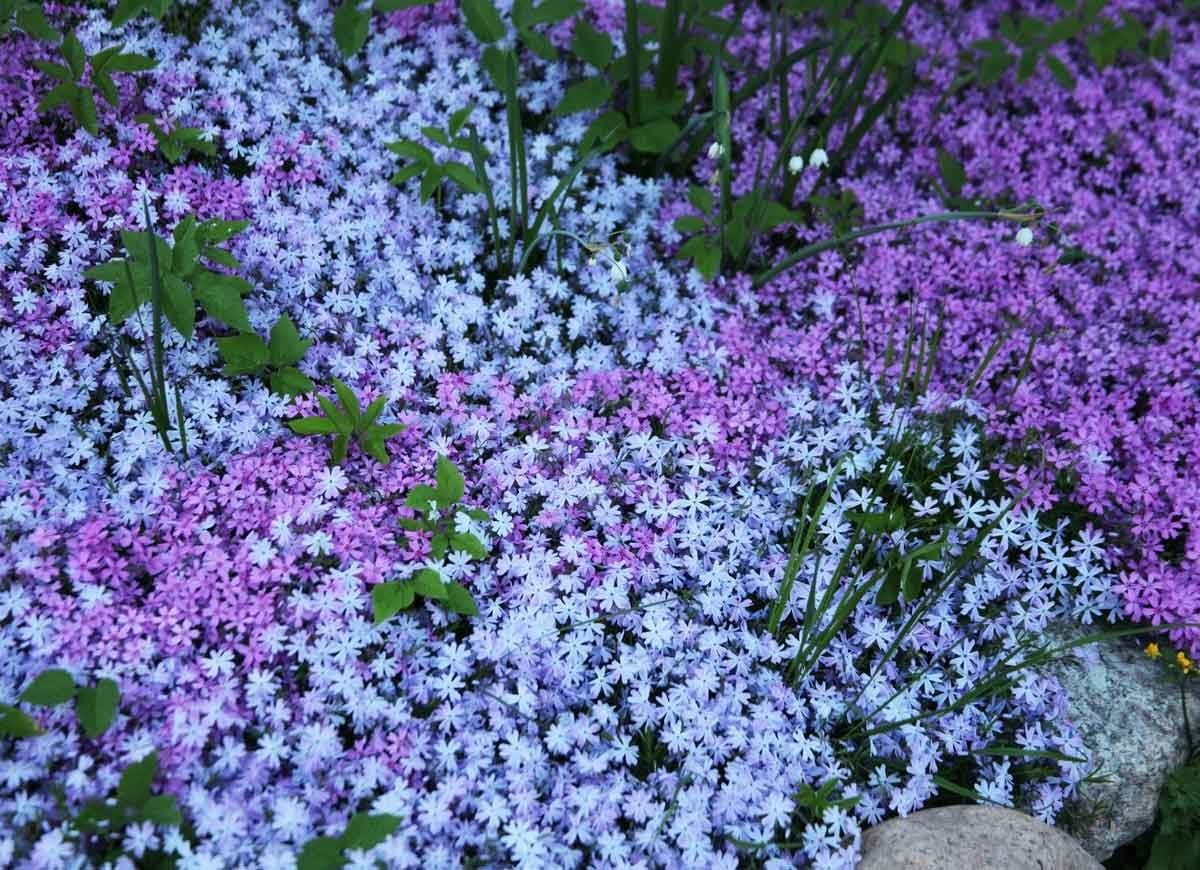
One of spring’s earliest bloomers, creeping phlox (Phlox stolonifera) is a colorful ground cover found in most states east of the Mississippi. Its easy-care and abundant flowers make it a popular choice for nurseries and gardens alike. After the flowers of creeping phlox fade, it becomes a pleasant green ground cover the remainder of the year. Available from Burpee; $10.99 for one plant.
Rhododendron
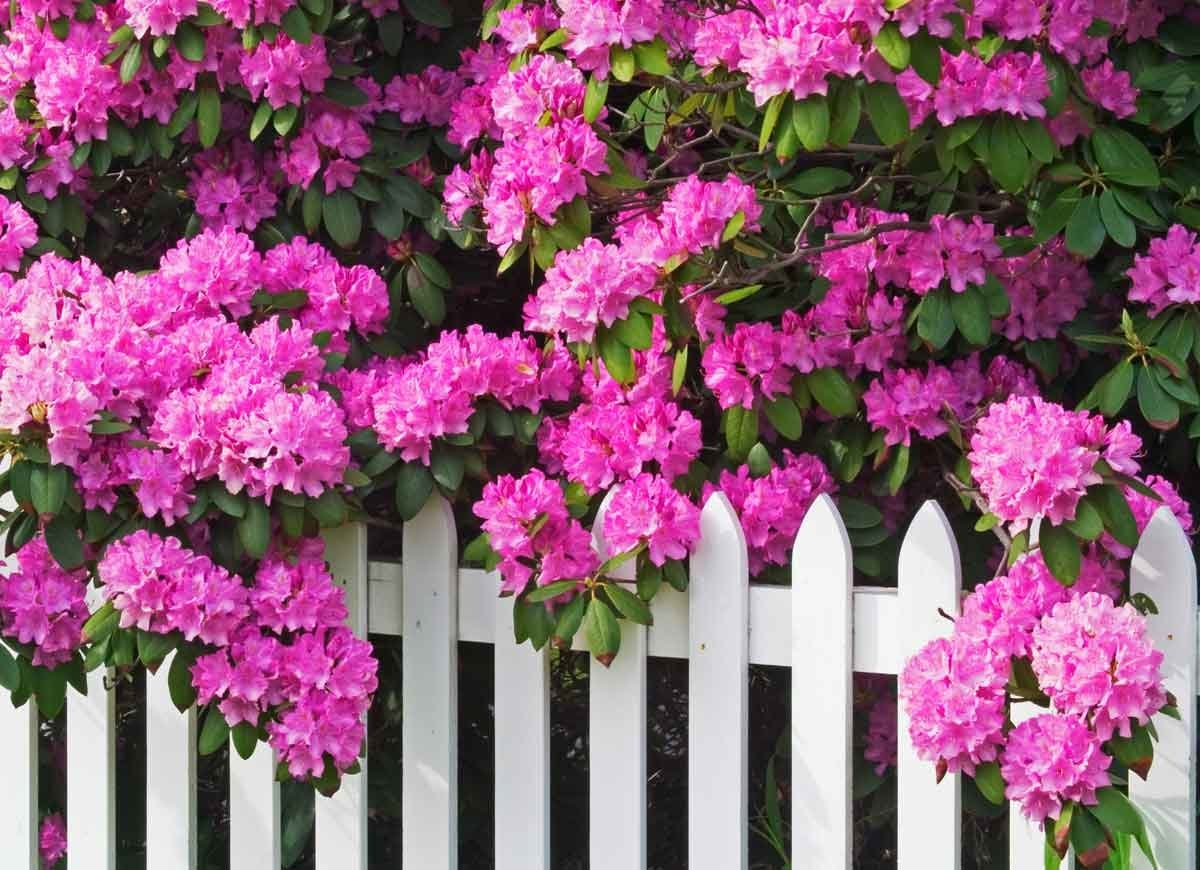
Native to the eastern United States, rhododendron is a landscaping staple known for its glossy dark green foliage and copious lush blooms. Rhododendrons come in a wide variety of colors and require little care once established—it’s no wonder you see them everywhere! Available on Amazon; $32.99 for a two-gallon container.
Black-Eyed Susan
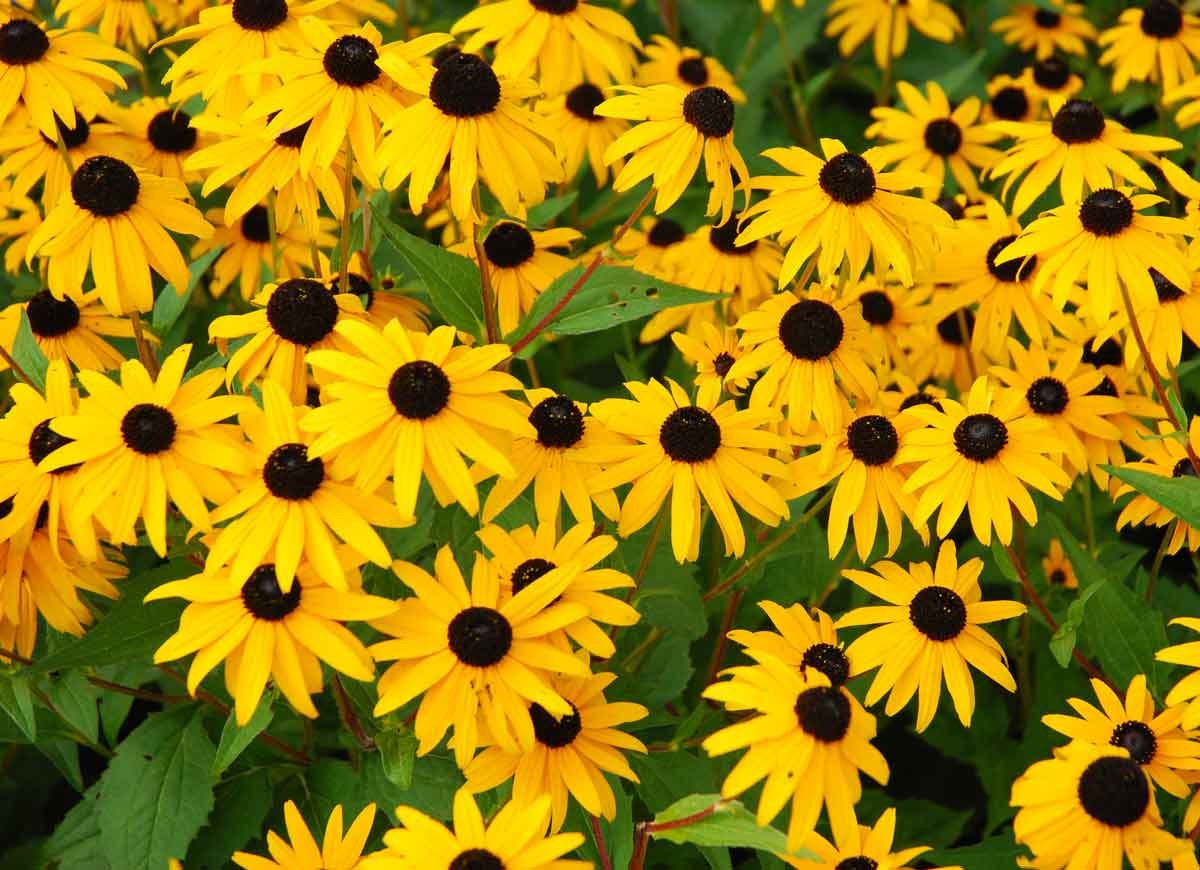
Rudbeckia hirta, otherwise known as black-eyed Susan, is an exceedingly common wildflower native to North America. It displays yellow daisy-like flowers with dark brown centers. Black-eyed Susans make wonderful cut flowers on their own, and they’re equally lovely added to a garden arrangement.
Black-Eyed Susan: Easy Charm
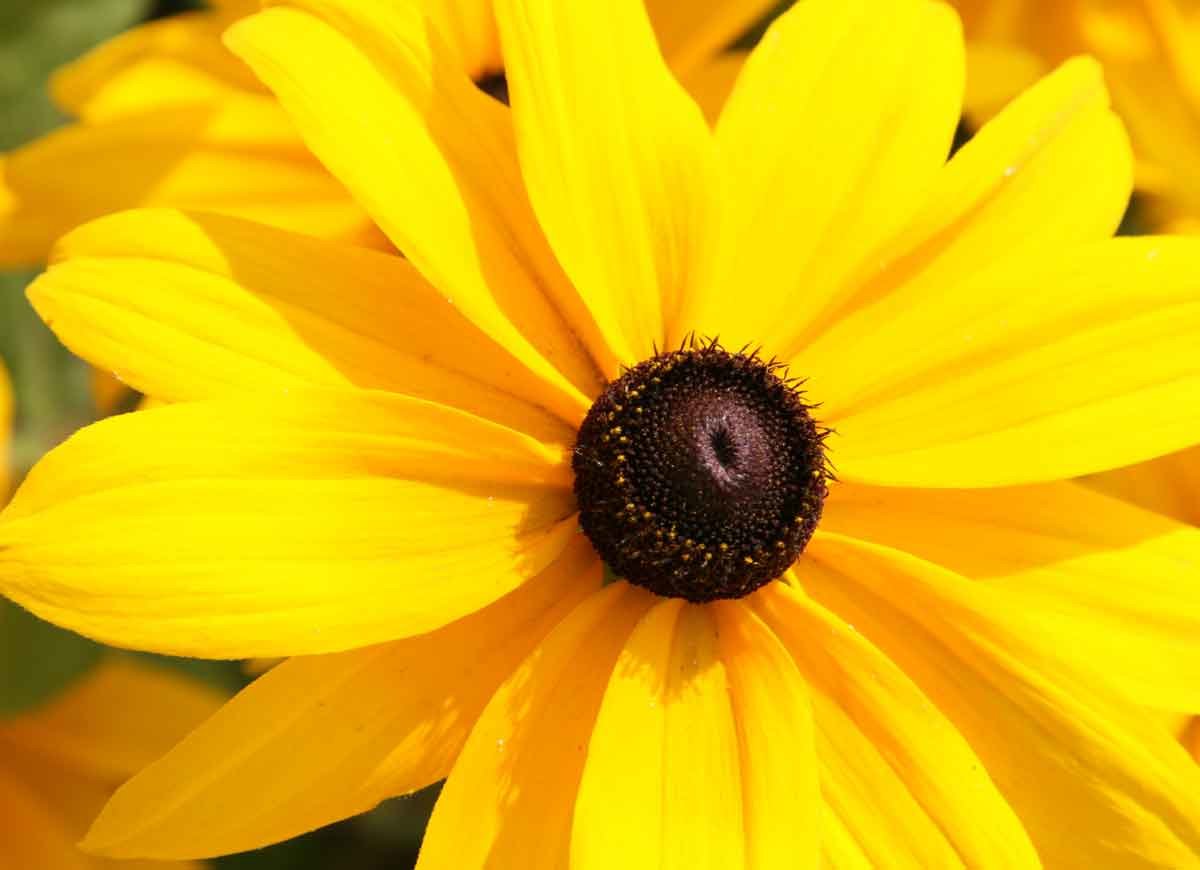
Aside from cutting the plants back before winter, gardeners don’t need to do much to maintain black-eyed Susans. These perennials will come back year after year to show their sunny faces. Available from Burpee; $4.99 for 1,000 seeds or $12.99 for one plant.
Pussy Willow

Salix discolor, commonly called pussy willow, blooms with fuzzy catkins before its leaves emerge in spring. It makes a wonderful gathering site for birds, and it even provides hummingbirds with material for their nests.
Pussy Willow: Vase Champ
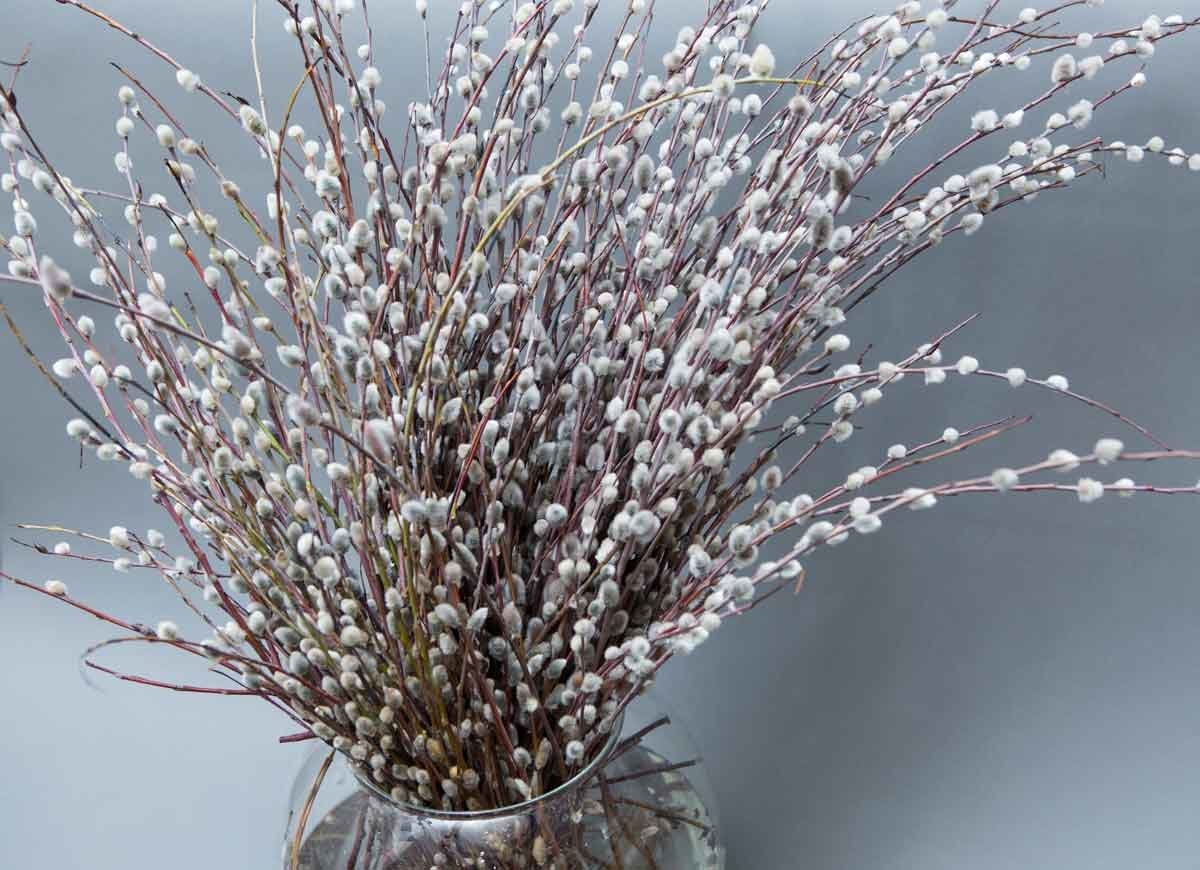
A favorite in floral arrangements, the branches of pussy willow can even be forced in winter. The plant is native in North America from Newfoundland to Mississippi. Available on Amazon; $11.99 for five cuttings.
Nevius Stonecrop (Sedum nevii)
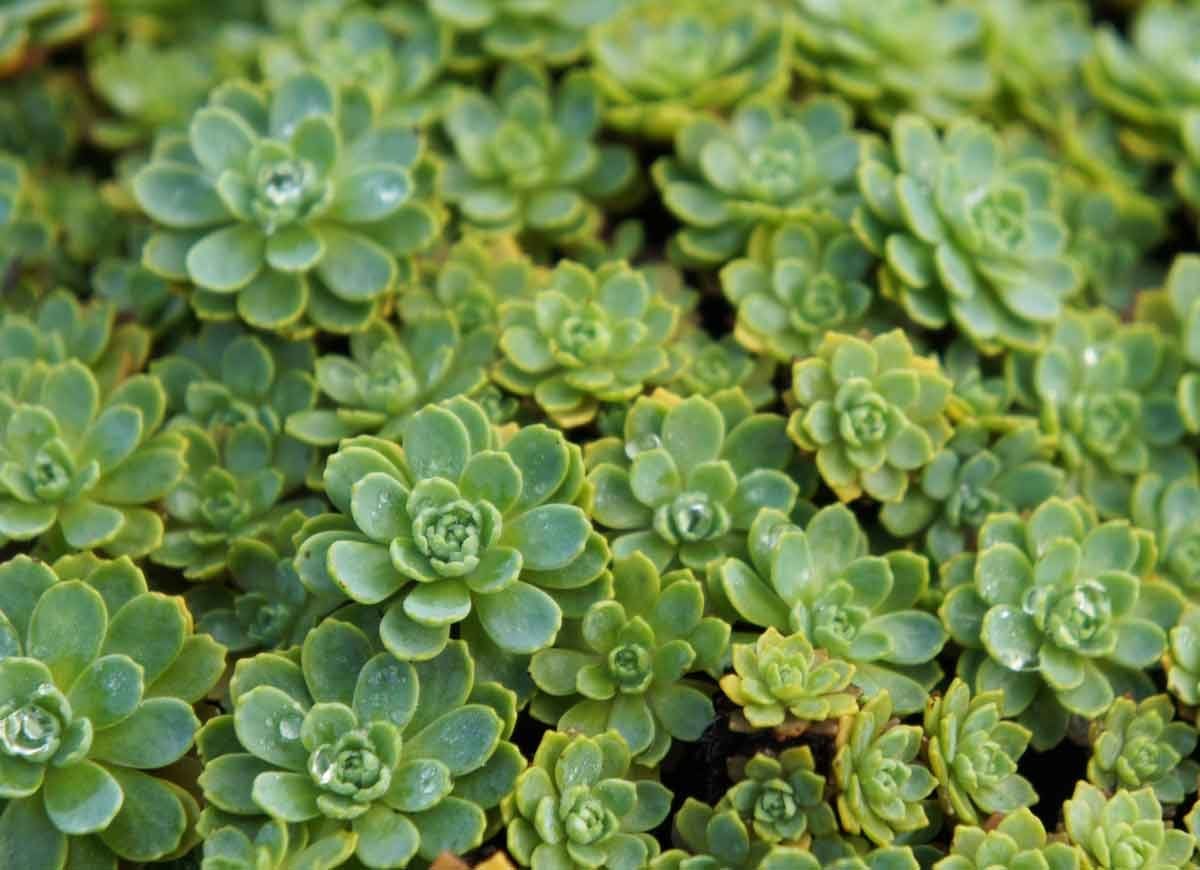
With a decidedly bluish cast to its green foliage, this succulent ground cover is a unique addition to any sunny path, rock garden, wall, or container. The tough and easy-maintenance plant is also drought-tolerant, happy in shade or sun, and resistant to deer. Available on Amazon; $31.74 for 500 seeds.
Elderberry
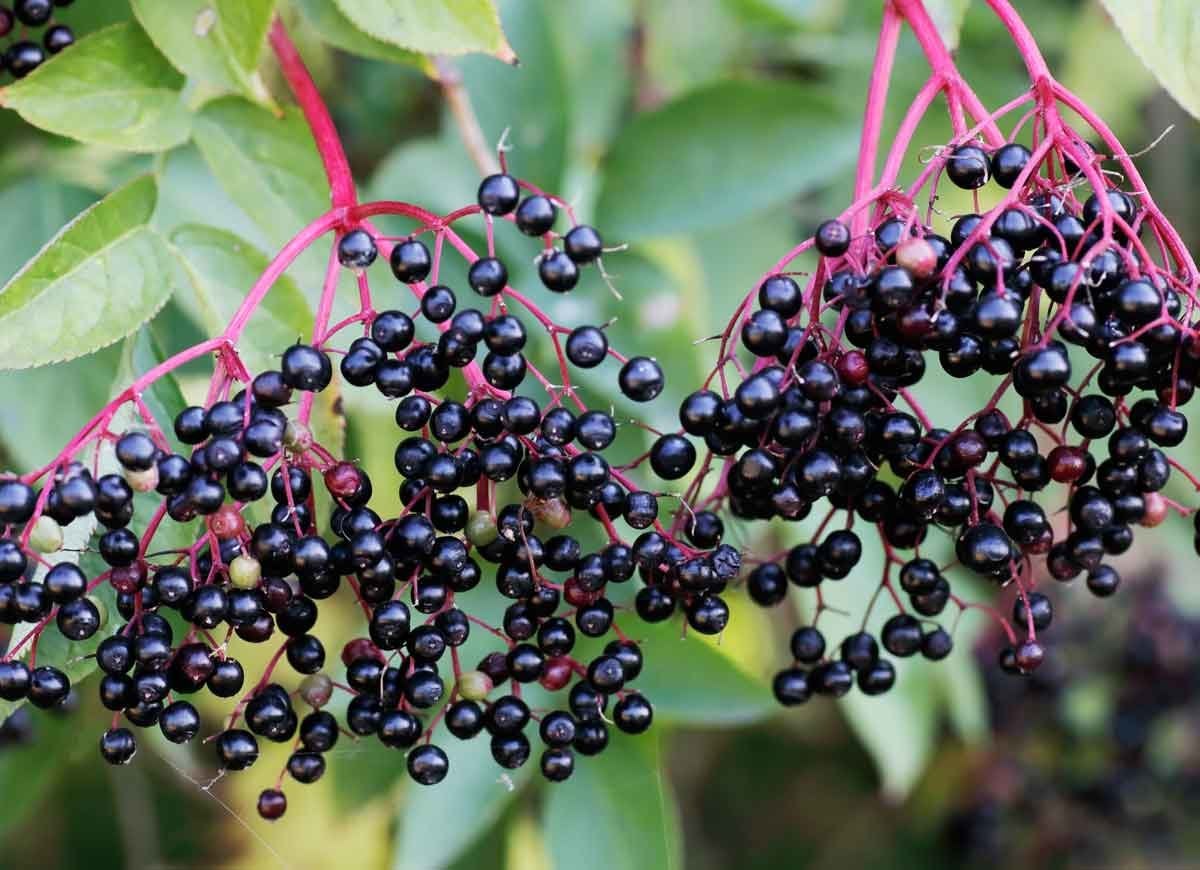
Elderberry (Sambucus canadensis) is native to most of the United States, and it’s a favorite of both butterflies and birds. Its clustered white flowers produce a bounty of bluish-purple berries that are not only food for wildlife but also a main ingredient in juices, jellies, and even wine. Elderberry is tolerant of many soils and growing conditions, but it can’t sustain itself through drought. Available on Amazon; $28.95 for a two-gallon plant.
Trumpet Vine (Campsis radicans)
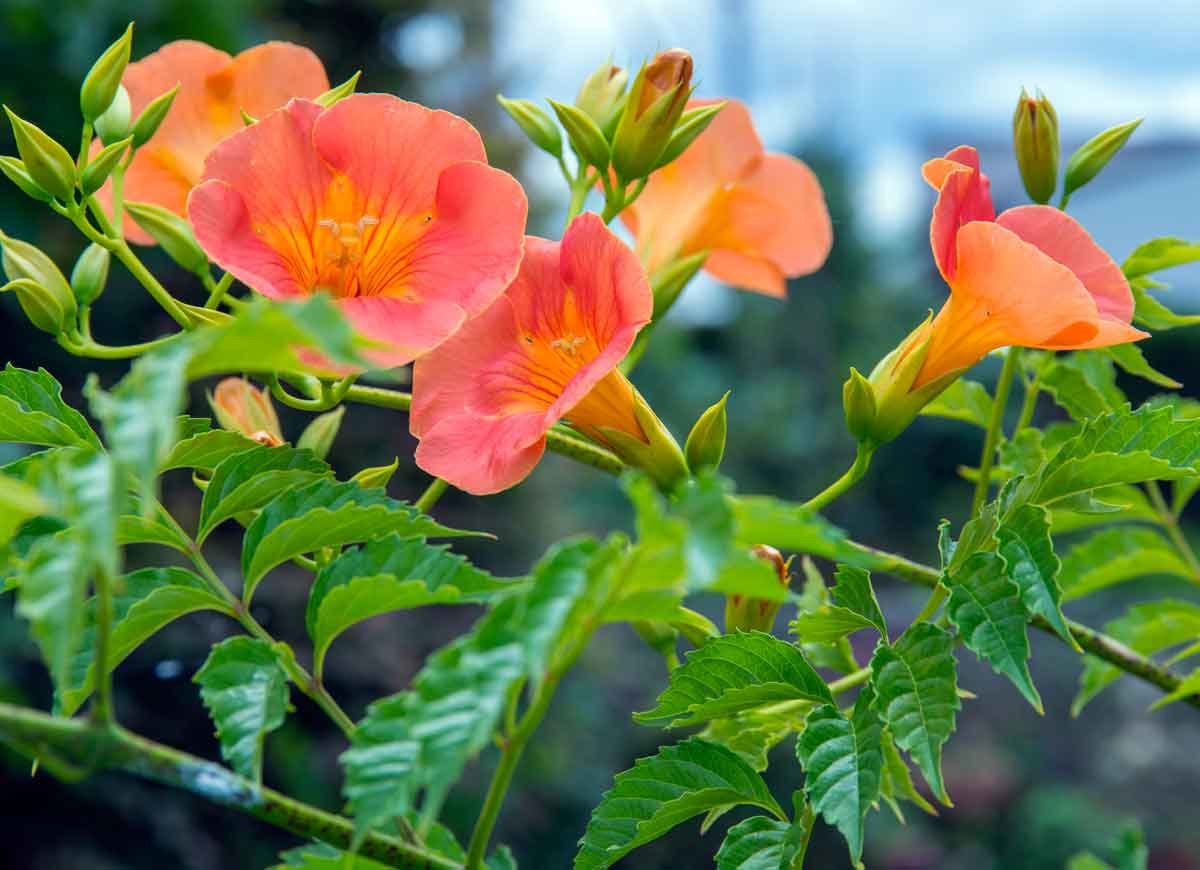
Trumpet vine, or trumpet creeper, will cover a trellis or fence quickly—it can grow 30 to 40 feet in one growing season! The bright orange trumpet-shaped blooms serve as a major attraction for hummingbirds. The plant is adaptable to most soil types and conditions, and it’s an easy grower in Zones 4 through 9. Available on Amazon; $26.50 for one plant.
American Bittersweet
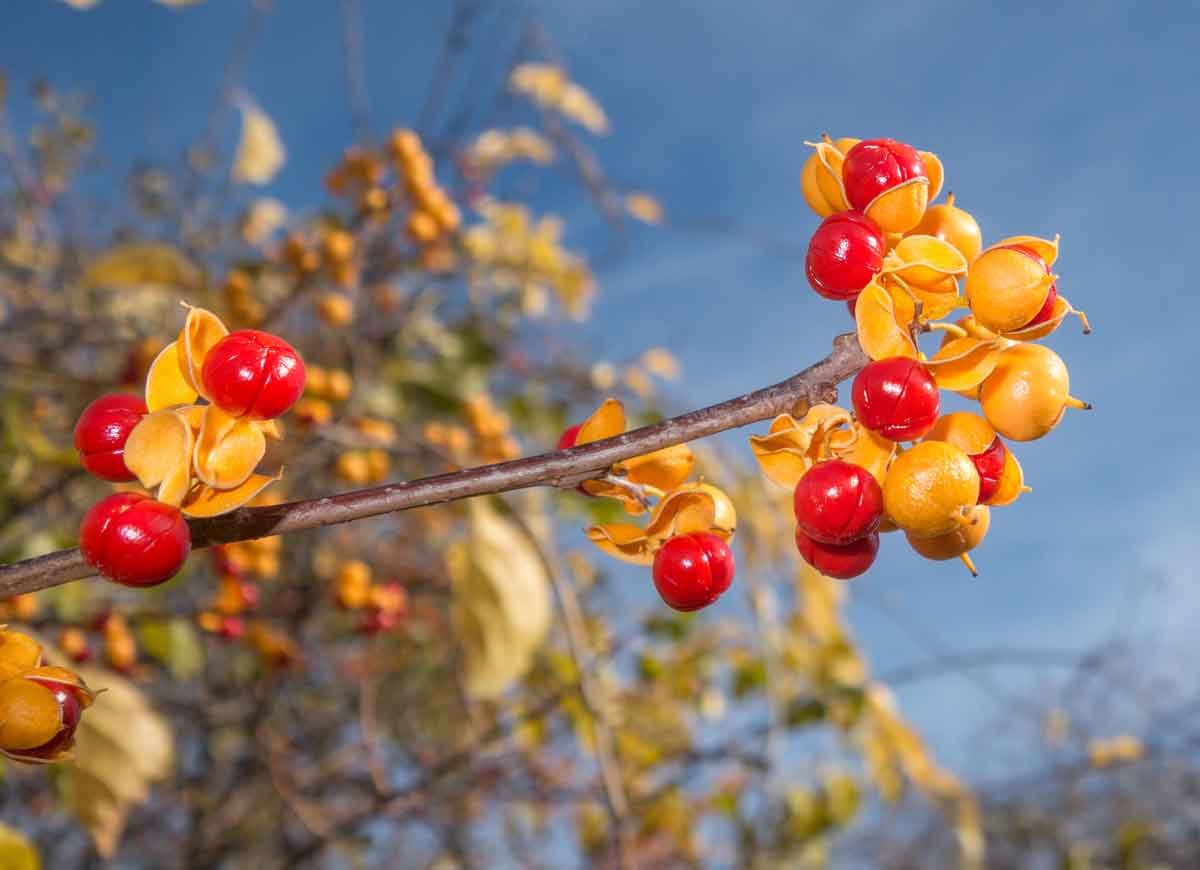
Gardeners often choose Celastrus scandens, or American bittersweet, as a climbing vine for a wall, trellis, or rocky ledge. Covered in bright red-orange berries in the fall, it provides a feast for birds and other wildlife as the weather turns colder.
American Bittersweet: Garden to Vase
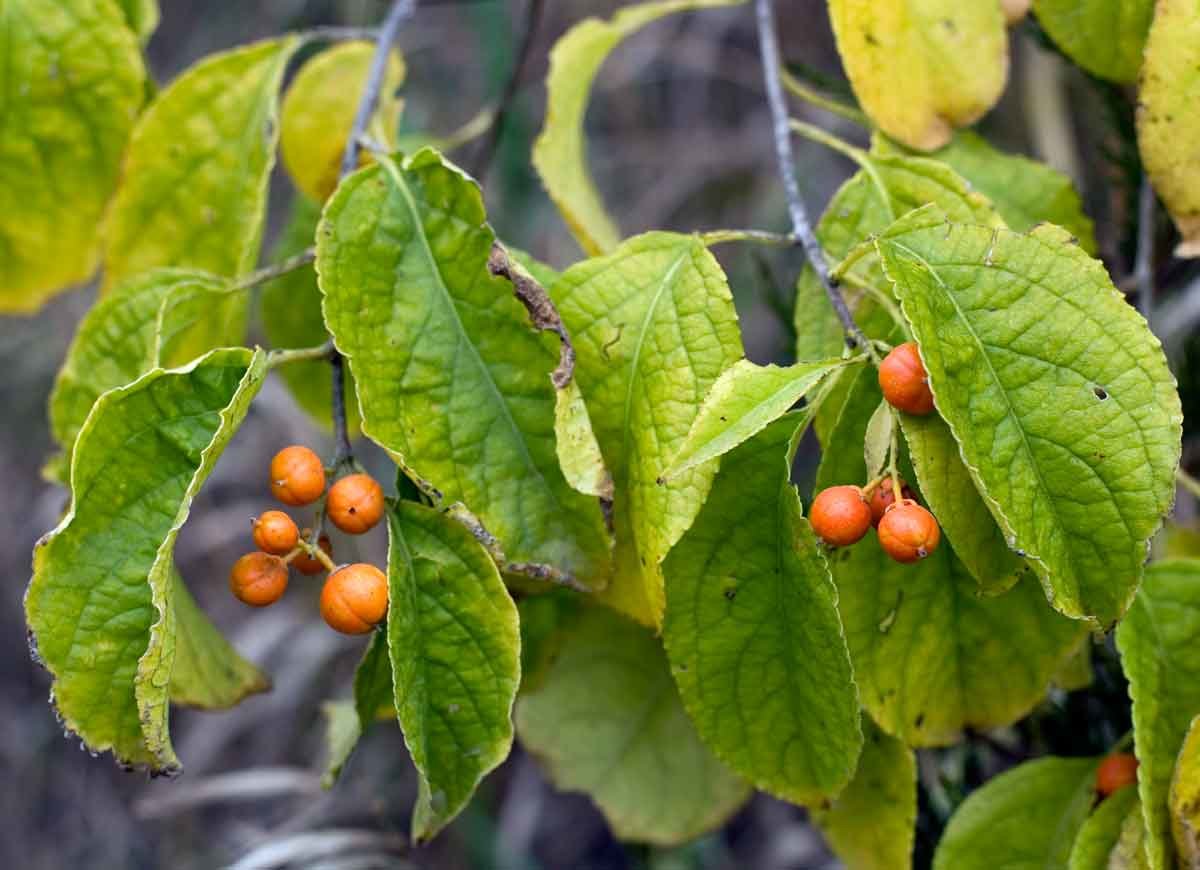
American bittersweet also looks beautiful when cut and added to flower arrangements. Both male and female plants are required to ensure berries, so be sure to get at least one of each. Available on Amazon; $5.95 for 15 seeds.
Inkberry
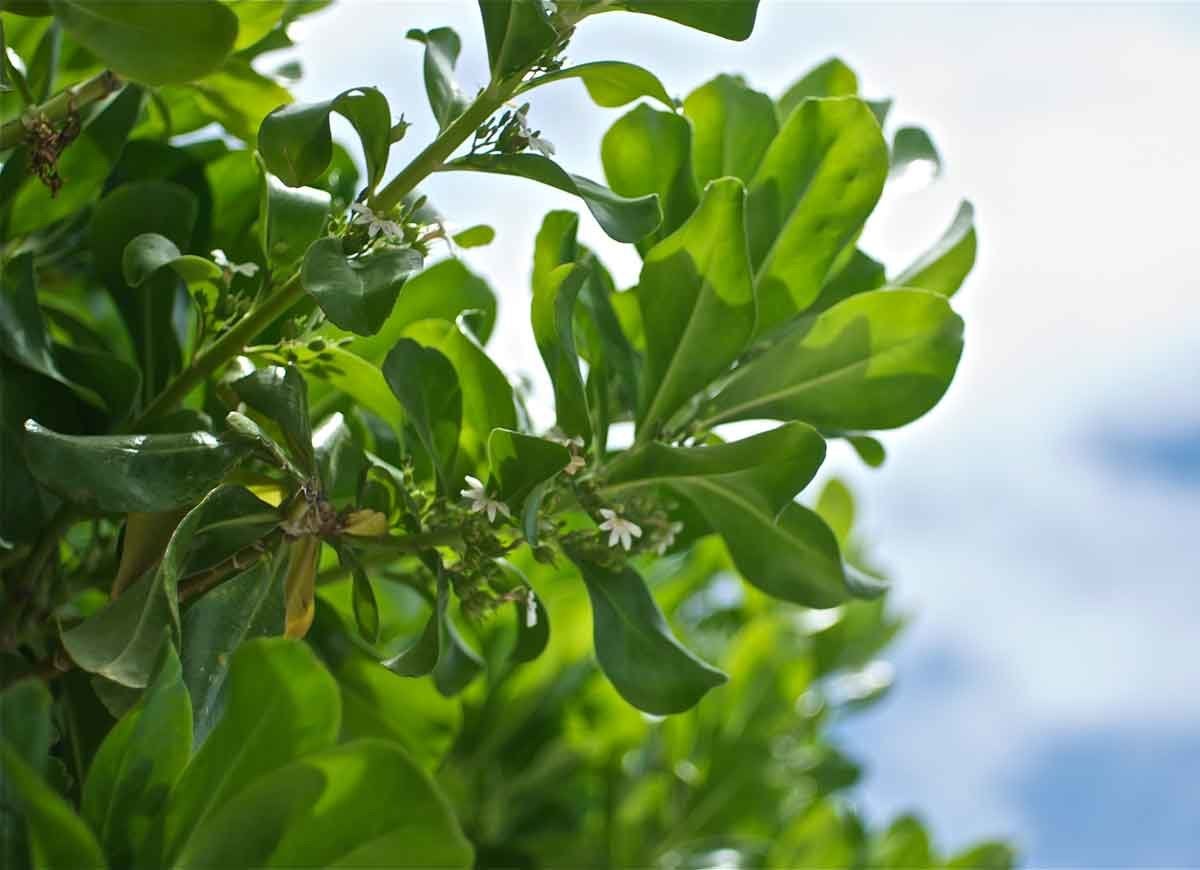
Native to the southern and eastern portions of the United States, inkberry (Ilex glabra) is a member of the holly family. More tolerant to cold than Japanese varieties of holly, it endures both shade and sun, and it provides food for bees (with its flowers) and birds (with the subsequent berries). An easy evergreen, inkberry works well as both a foundation planting or hedge. Available on Amazon; $9.99 for a four-inch pot.
Gardening Success!
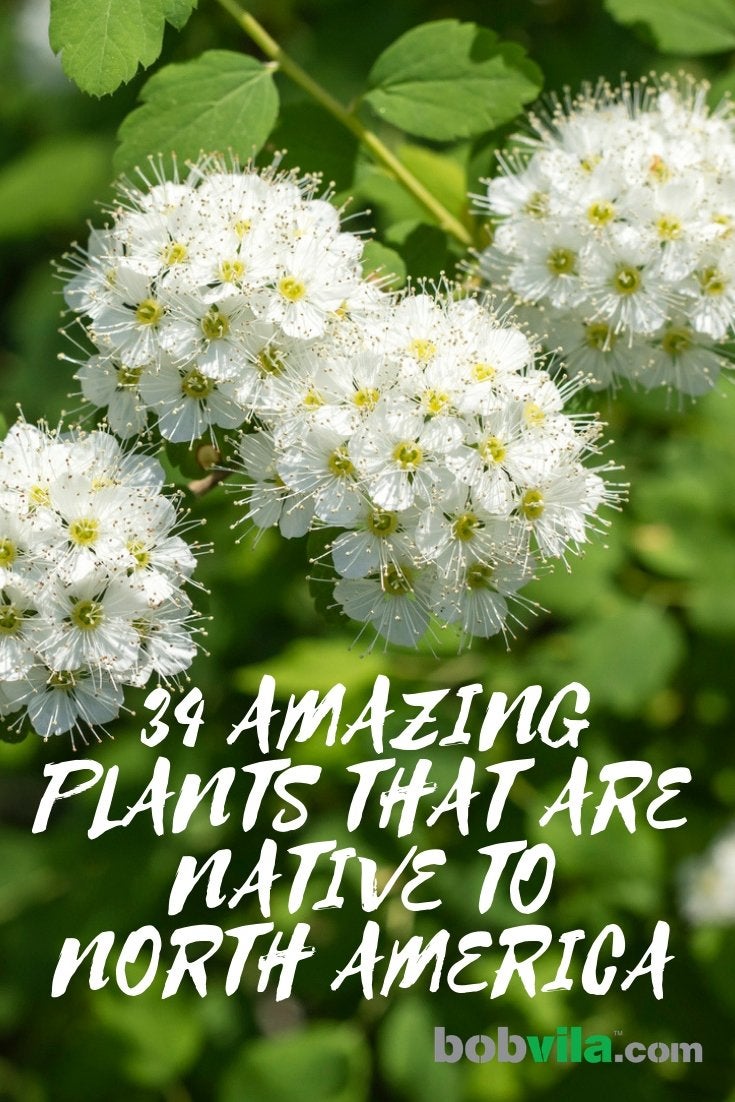
Native plants succeed for a reason. Why not give some of these a try in your garden this year?

Meet the 2025 Tools of the Year
After months of scouring the market and putting products through their paces, we’ve named the best of the best in new tools. There’s something for everyone, from veteran pros to average Joes.